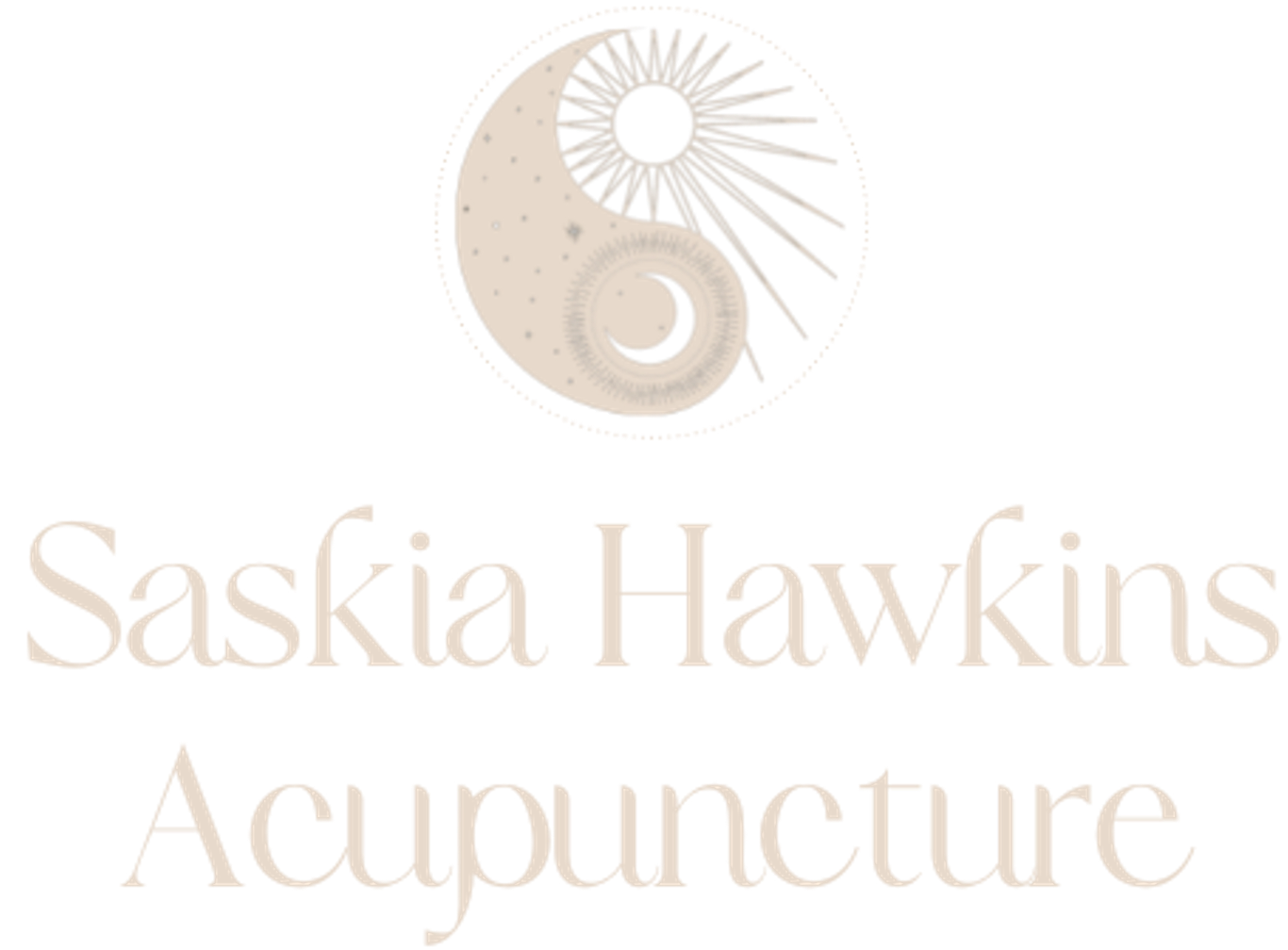Harmonising with Autumn with Traditional Chinese Medicine
Nature: Yin
Organ: Lungs & Large intestine
Element: Metal
Flavour: Pungent
Emotion: Grief
Colour: White
As the leaves change and the weather cools, you may notice your body undergoing subtle shifts, making autumn an ideal time to explore the therapeutic benefits of acupuncture. This ancient practice, rooted in Traditional Chinese Medicine (TCM), offers a holistic approach to health and well-being that aligns with the rhythms of nature. Let's delve into the unique advantages of acupuncture during the autumn months.
Balancing Yin and Yang
In TCM, the transition from summer to autumn is seen as a shift from a yang-dominated season to a more yin-oriented one. Acupuncture aims to balance the body's yin and yang, and autumn offers a unique opportunity to address imbalances that may have arisen during the hot, yang-driven summer. Acupuncture can help harmonise these opposing yet complementary forces, promoting overall health and well-being during the transition of seasons.
Letting go with the Metal element
Each season aligns with one of the Five Elements: Wood, Fire, Earth, Metal, and Water. Autumn corresponds to the Metal element, embodying qualities like organisation and refinement. It also represents the season of "letting go." As nature sheds its leaves, TCM principles suggest releasing emotional baggage, unburdening ourselves, and relinquishing what no longer serves us. This could be anything from clearing cupboards to looking at relationships that are weighing you down. Embracing this natural cycle invites introspection, balance and a deeper connection to the season.
NOURISH THE LUNGS
Autumn can be challenging for individuals prone to seasonal allergies or respiratory conditions. In TCM, Autumn corresponds to the Lungs which makes them susceptible to ‘invasion’ and to the damper environments and other allergens that are prevalent, leading to symptoms such as sneezing, congestion, and itchy eyes.
Now is the time to nourish the Lungs with practises such as Qi Gong and breathing exercises, keeping warm and avoiding cold and uncooked foods. The Lungs like pungent foods like garlic, onions, radishes, horseradish and ginger. You should also avoid damp and draughty environments.
SURROUND YOURSELF
The Lungs are associated with the emotion of grief. Grief can come up in many different ways for different people and when it is unprocessed or overwhelming, it can affect the Lungs’ Qi. It is important to feel these emotions so they don’t get stuck but it is therefore essential to feel supported with friends, family or talk therapy.
Boosting Energy Levels for the Season
As the days grow shorter and daylight decreases, many people experience a drop in energy levels during the autumn months. Acupuncture can help revitalise the body's Qi by supporting meridians associated with the Spleen and Lungs, which play vital roles in digestion and respiration. This boost in energy can help combat feelings of sluggishness and fatigue commonly associated with the changing season.
Pain Management for Autumn Aches
Autumn is a time when cold and damp weather can exacerbate conditions like arthritis and chronic pain. TCM attributes these aches to imbalances and stagnation in Qi and Blood flow. Acupuncture stimulates the flow of Qi and helps in releasing natural painkillers. TCM also recognises the emotional aspects of pain, making acupuncture a holistic solution for autumn aches.
In summary
As we embrace the transformative beauty of autumn, we can find a harmonious companion in acupuncture, a practice rooted in millennia of wisdom. It enhances well-being through immunity strengthening, allergy relief, energy revitalisation, and the balance of yin and yang. The alignment with the Metal element highlights acupuncture's capacity to help us shed the unnecessary, both physically and emotionally.

